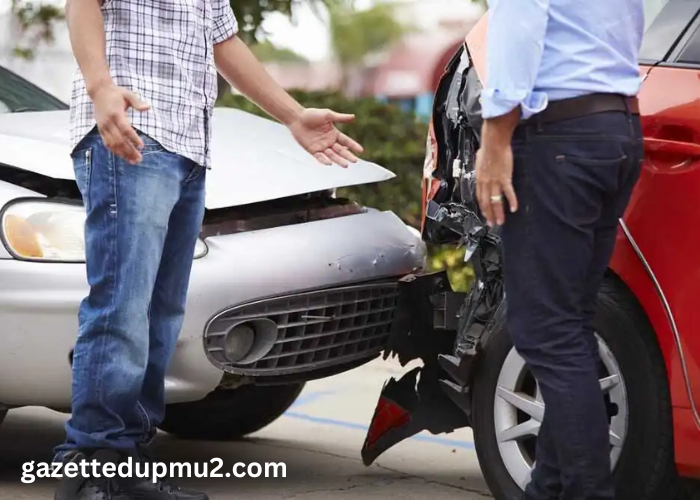Car accidents happen all the time and can have serious consequences for everyone involved. But who’s really at fault when a crash occurs? That’s where liability comes into play. In legal terms, liability means being responsible for your actions or negligence.
Let’s dive into the concept of liability in a car crash lawsuit and find out who can be held accountable for the damages.
Types of Liability
Various types of liability may come into play in a car crash lawsuit. These include:
Driver Liability
Usually, the driver of a car is responsible for any damage or injury they cause in an accident. This includes times when the driver was distracted, on drugs or alcohol, or driving recklessly. Sometimes, more than one driver can share the blame if both helped cause the crash.
Owner Liability
If the driver borrowed the car involved in the accident, the owner might also be held responsible. This usually happens if the owner knew or should have known the car was unsafe to drive, like if it had bad brakes or other problems.
Manufacturer Liability
If a car accident is caused by a defect in the vehicle, like faulty brakes or airbags, the manufacturer can be held responsible for any damages or crash injuries. This is called product liability and it means manufacturers can be accountable for making and selling dangerous products.
Proving Liability
To find out who is at fault in a car crash lawsuit, you need to prove blame. This often means collecting evidence like witness statements, police reports, and expert opinions. Each person involved will also get a chance to tell their side of the story and argue their case.
Comparative and Contributory Negligence
Sometimes, both drivers in a car accident share the blame. In these cases, laws about comparative or contributory negligence decide who is responsible and how much each person is at fault.
Comparative Negligence
Under comparative negligence, each party’s fault is considered when deciding liability. For example, if one driver is 70% at fault and the other 30%, damages are reduced by those percentages.
Car accident settlement amounts are affected by this rule, so it’s important to understand the laws in your state about comparative negligence.
Contributory Negligence
Contributory negligence laws say that if someone is partly at fault for an accident, they get no damages. This means one person might have to pay for everything, even if they were only a little at fault.
Seeking Legal Help
Dealing with liability in a car crash lawsuit can be tough. If you’ve been in a car accident, it’s important to get legal help from experienced personal injury lawyers like those at Sweet Lawyers.
They can guide you through the car accident lawsuit process and help you get fair compensation for your damages. Understanding who is at fault is crucial, and good lawyers can help make sure justice is served.
Get Insight on Car Crash Lawsuit and Liability with this Guide
Liability is key in deciding who’s at fault in a car crash lawsuit. It can be the drivers, car owners, or even manufacturers. Proving it means gathering evidence and arguments from everyone involved and looking at negligence laws.
Getting help from experienced lawyers can make things easier and improve your chances of fair compensation. If you’ve been in a car crash, know your rights and seek legal help.
Is this article helpful? Keep reading our blog for more.





